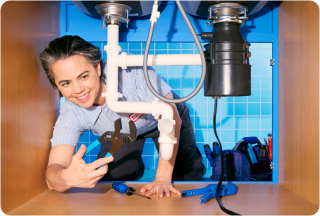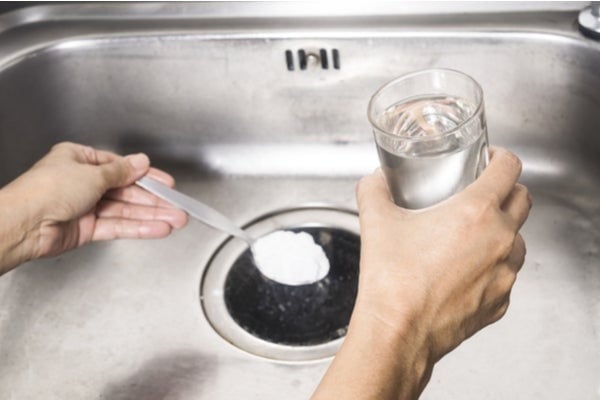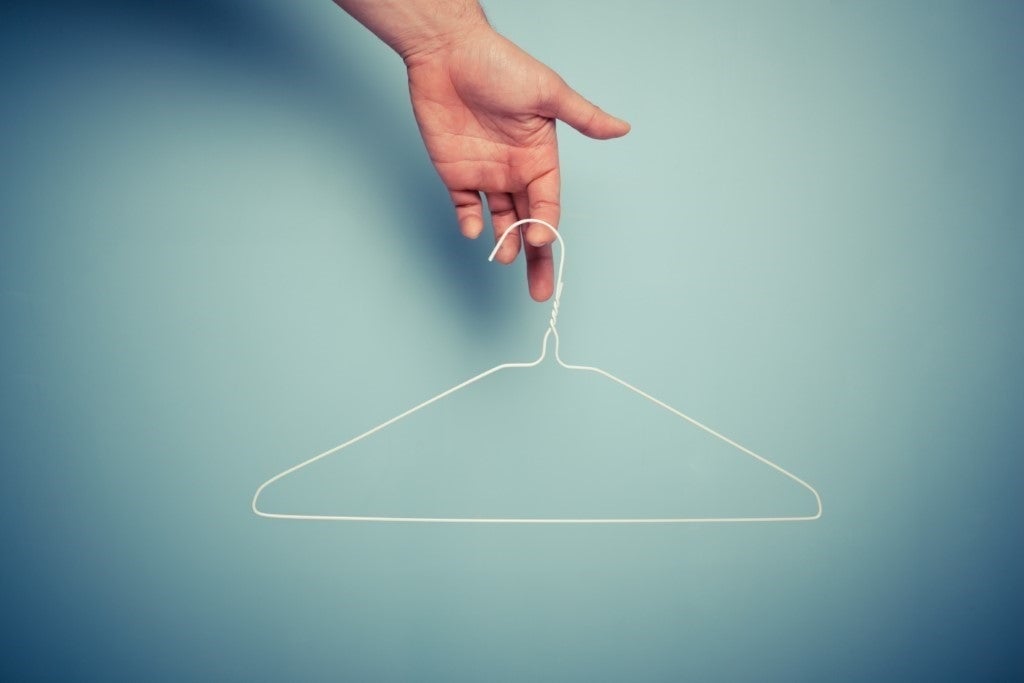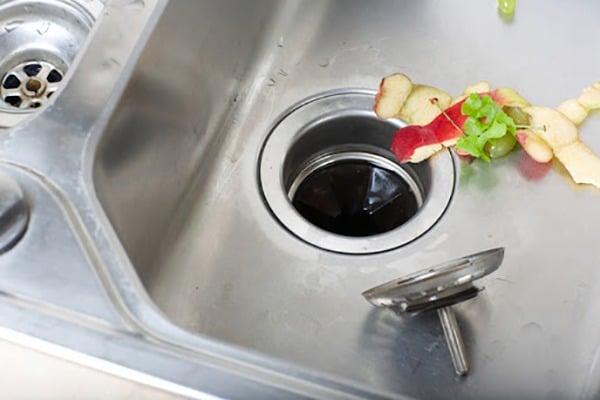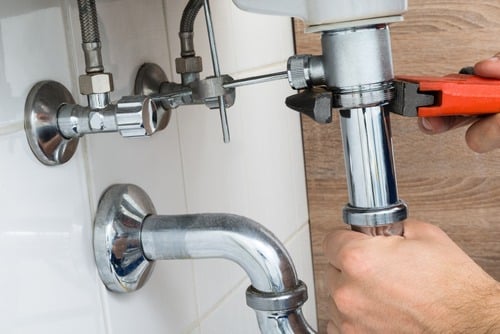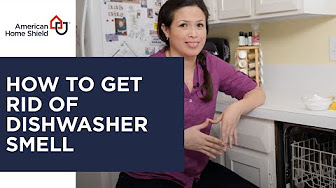It can feel helpless when a clogged kitchen sink won’t drain. With water backing up and a counter full of dirty dishes waiting to be cleaned, it may be tempting to reach for the phone and call the plumber to fix the problem for you.
While you can do that, an alternative is learning some tips and tricks for how to unclog a kitchen sink yourself. With a little elbow grease and some expert tips, you can tackle this DIY project any day.
1. Check the garbage disposal.
One of the first things you should do if your kitchen sink is clogged is to unclog the garbage disposal. Run the disposal for a minute or two with the hot water running to see if that clears the clogged drain. If that doesn’t work, make sure the disposal is turned off and carefully inspect it to ensure it’s running correctly.
If the disposal has overheated and automatically switched off, you may need to restart it at the base. The base “on/off” switch can usually be found on the side or bottom of the disposal unit underneath the sink.
Learn more about what to put in a garbage disposal as well as natural garbage disposal deodorants to keep it smelling fresh and clean.
2. Get out the plunger.

If clearing the disposal didn’t unclog your kitchen sink, it’s time to reach for a common household sink plunger. Head to your local hardware store to purchase a kitchen sink plunger, which is smaller than the one that you use for the toilet.
If you have a double sink, first seal off the drain on one side with a wet cloth or a stopper. You’ll need to create a tight seal around the plunger, so fill the side of the sink you intend to plunge with enough water to cover the bell of the plunger. Place the plunger firmly over the drain and plunge vigorously several times. When you hear the suction clear the clog, remove the plunger, and flush the sink drain well with warm water for a couple of minutes.
3. Boiling Water
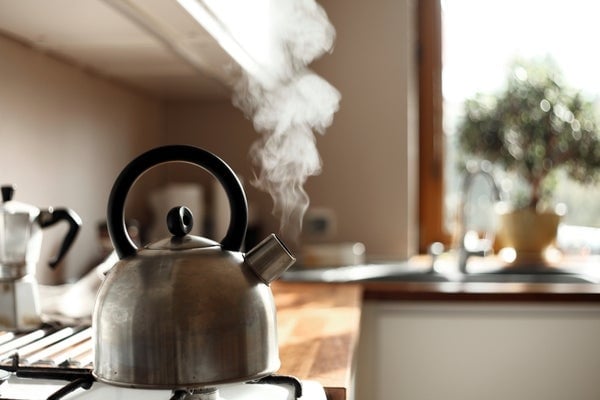
Boiling water is the easiest and least expensive kitchen sink drainer of all, which makes it the best one to try if the plunger doesn’t do the job. Here’s how to use boiling water to clear your drain:
- Place a kettle or pot of water on the stove and bring it to a rolling boil.
- While you’re waiting for the water to heat, remove as much standing water from the sink as possible, using a mug or small pot to bail out the water.
- Pour the entire kettle of water into the sink and let it sit for a couple of minutes. If the water stands in the sink without draining, the clog is still there.
- Give the water time to cool for about five minutes and then remove it by scooping out as much cooled water as possible with the mug or pot and disposing of it in another sink.
- You may need to repeat the process several times to move the clog, but this strategy often works on many types of blockages.

